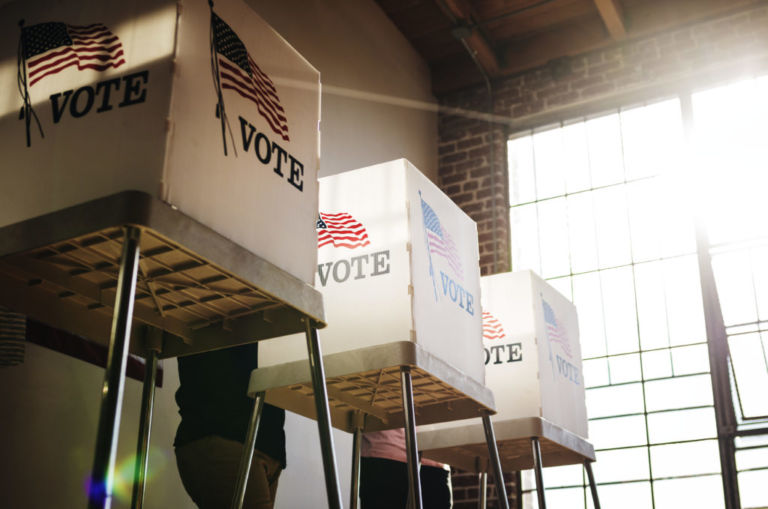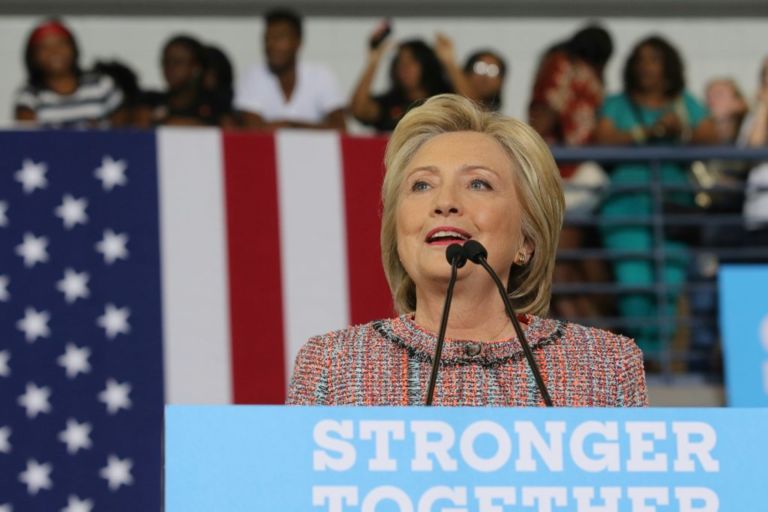Antiplanner has a lengthy post answering this crucial question: Does transit capital spending boost ridership?
Lots of statistics and graphs, but here’s the bottom line:
The amount of money transit agencies spend on capital improvements has almost no effect on ridership or regional growth. If anything, regions that spend more on transit improvements grow slower than ones that spend less. Capital improvements may have a small effect on transit’s share of commuting, though the real effect is most likely from the growth of the number of downtown jobs and the fact that regions with growing downtowns have a lot of rail transit that requires capital replacement.
This analysis also found some indications that factors that once influenced transit ridership have less of an influence or no influence today. Urban areas were once able to increase ridership by increasing their population densities, but that no longer appears to be true.
What it really comes down to is that, outside of New York and six other urban areas, transit is a negligible factor in transportation. In six of those seven urban areas (not including Seattle), most money must go to capital replacement, not expansion, which is a side effect of those regions’ reliance on expensive forms of transit.
Transit is in decline in most of the nation. Just spending more money on transit is not going to change this. Transit agencies and cities that want to increase ridership need to find more cost-effective ways of doing so than building expensive transit improvements.
Obviously the model for rail transit in the U.S. is New York City; yet New York is so unique that “has no applicability to other urban areas in the United States.” That said, NYC’s transit is the “most expensive urban area in terms of per capita capital costs,” and most of those capital costs are on repair of existing track, not new track, with the $162 billion in capital costs was not recovered by fares.
It’s a lesson that politicos in Charlotte and Raleigh haven’t learned as they insist on doubling down on light rail. Then again, maybe they just refuse to learn it; light rail is something they want just because they want it.


